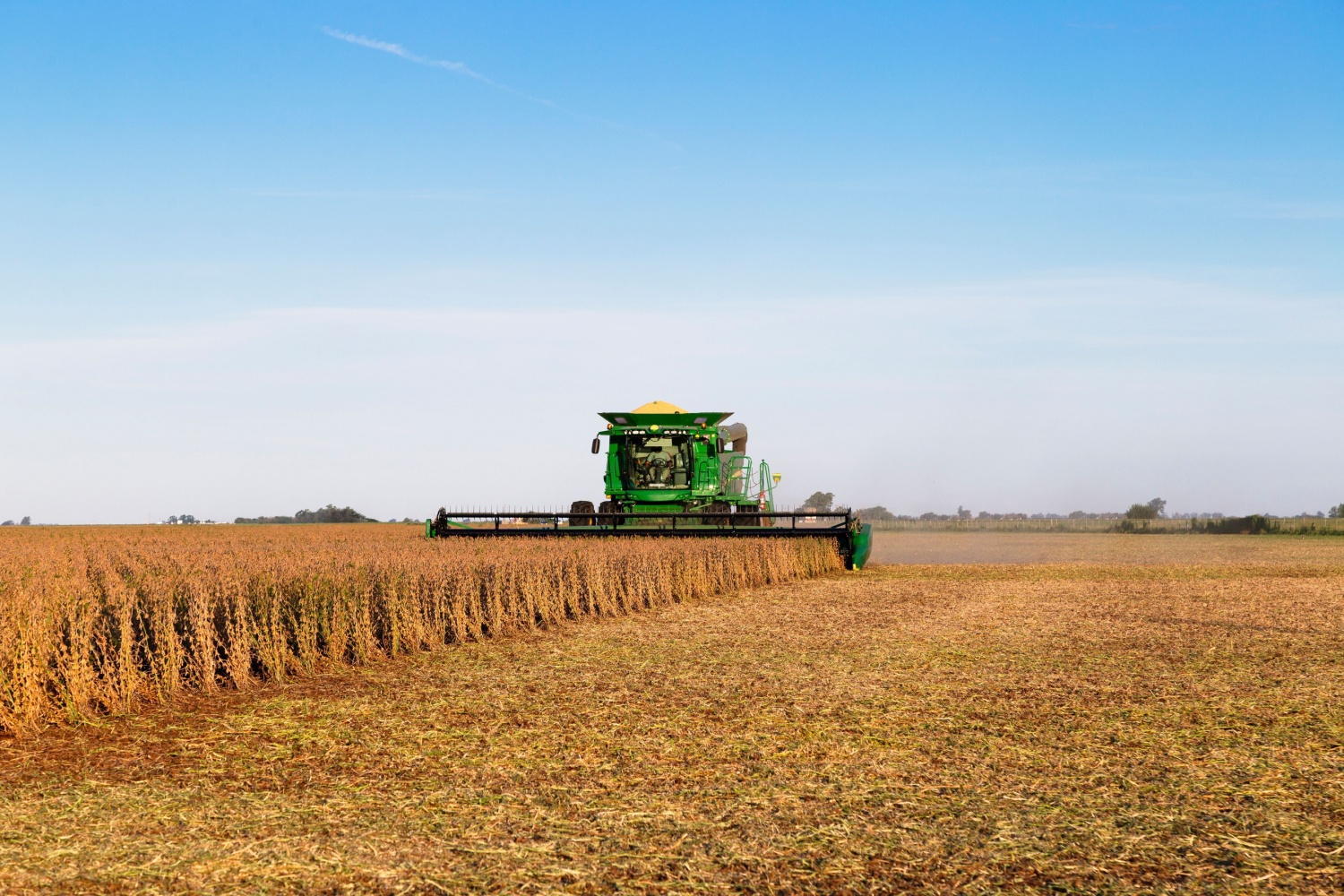When you crush a 60-pound bushel of soybeans, the standard calculation assumes you get 11 pounds of soybean oil, 44 pounds of soybean meal, 4 pounds of hulls, and 1 pound of waste. But when Illinois’ Joe Janzen looked at the data, he found a slightly different story. Those proportions aren’t as fixed as one might think, he says, and the difference is reshaping the nature of soybean demand.
“Let’s start with our key finding. Waste rates in soybean processing have declined by 44% since the 1960s. We’re talking about going from 2.7% waste down to just 1.5% today. Essentially, the industry figured out how to extract a percentage point more value out of every single soybean. This might seem small, but when you’re processing billions of bushels, these small improvements add up to significant gains.”
Here’s the important part of that change. While waste was going down, soybean oil extraction rates were going up.
“Not only were crushers ringing more output out of each bushel, but the composition of that output was changing. Back in the mid-1960s, a typical bushel yielded about 18% oil. Today, it’s nearly 20%. That means each bushel of soybeans produces about 10% more oil than it did 60 years ago. Importantly, the gains in oil output were larger than the decline in waste, so the composition of the crush was changing.”
Now, why does this matter? Enter the renewable diesel boom. Starting around 2020, demand for soybean oil as a biofuel feedstock exploded. If you’re a soybean processor, you would have liked to dial up oil production while leaving meal production fixed. The problem, of course, is that soybeans come in fixed packages. You can’t make more oil without making more meal. But… the data since 2020 suggest it is possible to extract more of the oil that is already in the bean.
“Since 2020, right when renewable diesel took off, soybean oil extraction rates have been consistently above their 60-year trend line. This suggests the market is adapting in real time. The changes aren’t huge. Changing the composition of the crush is like turning an ocean liner. It doesn’t occur instantaneously. But there is some evidence of a response.”
It seems that the soybean industry might have a little bit more flexibility than the standard board crush margin suggests. When market conditions change, processors can adapt by tweaking extraction and improving efficiency. It’s not instantaneous, and it’s not unlimited, but it is happening, says Joe Janzen.
“So, what does this all mean? First, those standard industry calculations about crush ratios, the one that assumed exactly 18.13% oil content, might need updating. It seems that the soybean industry might have a little bit more flexibility than the standard board crush margin suggests. Last, this has implications for farmers, food prices, and fuel markets. When processors can squeeze more oil out of the same amount of soybeans, it changes the economic equation.”


